Home>Storage & Organization>Kitchen Organizing Tools>When Was The Litter Box Invented
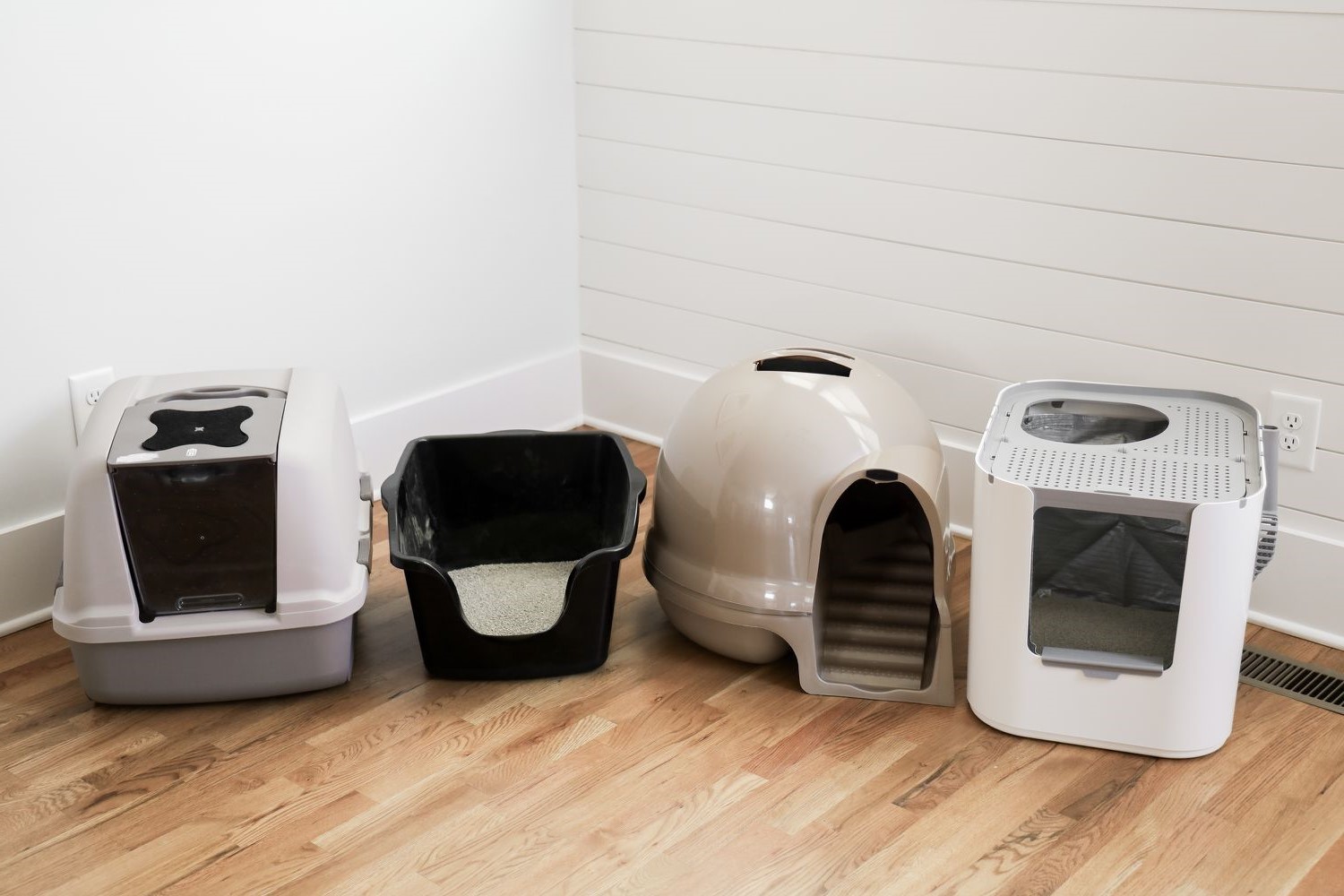

Kitchen Organizing Tools
When Was The Litter Box Invented
Published: February 23, 2024
Discover the history of the litter box and its evolution over time. Explore the latest kitchen organizing tools and tips for a clutter-free space.
(Many of the links in this article redirect to a specific reviewed product. Your purchase of these products through affiliate links helps to generate commission for Storables.com, at no extra cost. Learn more)
Introduction
The humble litter box, a staple in the lives of countless cat owners, has a fascinating history that spans centuries. From its early iterations to the modern designs that grace pet stores today, the evolution of the litter box is a testament to human ingenuity and the enduring bond between humans and their feline companions.
The invention of the litter box revolutionized the way indoor cats relieved themselves, providing a convenient and hygienic solution for pet owners. As we delve into the history of the litter box, we will uncover the origins of this essential feline accessory and explore how it has evolved over time to meet the needs of both cats and their human caretakers.
Stay tuned as we embark on a captivating journey through time to unravel the intriguing story behind the invention of the litter box and its enduring impact on the lives of cats and their devoted human companions.
Key Takeaways:
- The litter box has a long history, evolving from ancient clay pots to modern, high-tech designs, showing how humans have always cared for their feline friends’ comfort and hygiene.
- Today’s litter boxes are not only convenient but also eco-friendly, stylish, and equipped with smart technology, reflecting our commitment to providing the best care for indoor cats and simplifying pet ownership.
Read more: When To Introduce Kittens To A Litter Box
Early History of Litter Boxes
The early history of litter boxes can be traced back to ancient civilizations, where humans first recognized the need to provide a designated area for their feline companions to relieve themselves indoors. In ancient Egypt, cats were revered as sacred animals, and their presence in households necessitated a practical solution for managing their waste. Clay pots filled with sand or ashes were commonly used as rudimentary litter boxes, offering a simple yet effective way to contain cat waste within the home.
Fast forward to the 20th century, and the concept of the modern litter box began to take shape. The 1940s marked a significant turning point with the introduction of commercially produced cat litter, which paved the way for the development of purpose-built litter boxes. These early iterations were often basic in design, consisting of shallow trays or pans that could be filled with absorbent material to facilitate easy cleaning.
As the popularity of indoor cat ownership surged in the post-war era, the demand for more advanced litter box solutions grew. Innovators and pet product manufacturers responded by refining the design and functionality of litter boxes, incorporating features such as removable liners, odor-control mechanisms, and enclosed designs to provide cats with privacy while containing litter scatter.
The early history of litter boxes reflects the evolving relationship between humans and their feline companions, highlighting the importance of providing cats with a comfortable and hygienic environment for their essential bathroom needs. This period of innovation laid the groundwork for the diverse range of litter box options available to cat owners today, showcasing the ongoing commitment to enhancing the well-being of indoor cats and simplifying the maintenance of their living spaces.
The early history of litter boxes serves as a testament to human creativity and resourcefulness, demonstrating our dedication to meeting the needs of our beloved pets while integrating them into our homes with ease and convenience. This historical journey sets the stage for the subsequent developments and advancements that have shaped the modern landscape of litter box design and functionality, underscoring the enduring significance of this essential accessory in the lives of cats and their devoted human companions.
Modern Invention and Development
The modern era has witnessed a remarkable evolution in the design and functionality of litter boxes, driven by a deep understanding of feline behavior and the desire to enhance the overall experience for both cats and their owners. With the advent of advanced materials and manufacturing techniques, litter boxes have undergone a transformation, offering a diverse array of options to cater to the unique preferences of cats and the lifestyle needs of their human caretakers.
In recent decades, the emphasis on cat welfare and environmental sustainability has spurred the development of eco-friendly litter box solutions. Manufacturers have introduced biodegradable and compostable litter materials, aligning with the growing demand for sustainable pet care products. Furthermore, the integration of technology has led to the creation of self-cleaning litter boxes equipped with automated scooping mechanisms and odor-neutralizing features, streamlining the maintenance process for busy pet owners.
The concept of modularity has also permeated the realm of litter box design, giving rise to customizable and expandable systems that adapt to the spatial constraints of modern living spaces. These modular litter boxes offer versatility and convenience, allowing for seamless integration into various home environments while accommodating the needs of multi-cat households.
Moreover, the aesthetic appeal of litter boxes has not been overlooked, with contemporary designs blending functionality with stylish aesthetics. Enclosed litter boxes with sleek, modern exteriors have become increasingly popular, offering cats privacy and reducing litter tracking while complementing interior decor. This fusion of form and function underscores the commitment to elevating the visual appeal of litter box solutions without compromising on performance.
The advent of smart litter boxes equipped with sensors and monitoring capabilities has ushered in a new era of pet care technology, providing insights into feline elimination patterns and health indicators. These innovative systems offer real-time data and analysis, empowering pet owners to monitor their cats' well-being and promptly address any potential health concerns.
The modern invention and development of litter boxes exemplify a convergence of innovation, sustainability, and user-centric design, catering to the evolving needs of both cats and their human companions. As we continue to witness advancements in pet care technology and design, the future holds promise for further enhancements in the realm of litter boxes, ensuring that indoor cats receive the highest standard of comfort and care within their living environments.
The modern litter box was invented in 1947 by a woman named Ed Lowe. He used clay to create the first commercial cat litter, revolutionizing the way people cared for their indoor cats.
Evolution of Litter Box Designs
The evolution of litter box designs has been a testament to the ingenuity and dedication of pet product manufacturers in meeting the evolving needs of cats and their human caretakers. From humble beginnings as basic trays filled with absorbent material to the sophisticated and multifaceted solutions available today, the journey of litter box design has been marked by continuous innovation and a deep understanding of feline behavior.
One of the pivotal advancements in litter box design has been the introduction of enclosed or hooded litter boxes. These innovative designs feature a cover or hood that provides cats with privacy while containing litter scatter, offering a more discreet and aesthetically pleasing solution for indoor environments. The enclosed nature of these litter boxes also helps to minimize odors, contributing to a fresher and more hygienic living space for both cats and their owners.
In response to the challenge of litter tracking, top-entry litter boxes have emerged as a popular choice among pet owners. These unique designs feature a lid with a small opening, requiring cats to enter and exit through the top of the box. This not only reduces the amount of litter dispersed outside the box but also serves as a deterrent for dogs and young children, ensuring that the litter remains contained within the designated area.
The integration of advanced odor-control mechanisms has been a focal point in the evolution of litter box designs. Many modern litter boxes are equipped with carbon filters or proprietary odor-neutralizing materials, effectively minimizing unpleasant smells and enhancing the overall living experience for both cats and their owners. Additionally, the use of antimicrobial materials in litter box construction has contributed to a cleaner and more hygienic environment, addressing concerns related to bacterial growth and maintaining the well-being of cats.
Furthermore, the concept of self-cleaning litter boxes has revolutionized the way pet owners manage cat waste, offering unparalleled convenience and efficiency. These automated systems utilize sensors and scooping mechanisms to remove waste promptly, reducing the frequency of manual cleaning and ensuring a consistently clean and sanitary litter box environment. The integration of self-cleaning technology has alleviated the burden of litter box maintenance for busy pet owners, underscoring the commitment to enhancing the overall experience of cat ownership.
The evolution of litter box designs continues to be shaped by a deep understanding of feline behavior, environmental considerations, and the desire to streamline the maintenance process for pet owners. As manufacturers strive to innovate and refine litter box solutions, the future holds promise for further advancements that prioritize the well-being and comfort of indoor cats while offering practical and user-friendly options for their human companions.
Conclusion
The journey through the history and evolution of litter boxes unveils a compelling narrative of innovation, compassion, and the enduring bond between humans and their feline companions. From the rudimentary clay pots of ancient civilizations to the sophisticated, technology-infused designs of the modern era, the litter box has transcended its utilitarian function to become a symbol of thoughtful pet care and harmonious cohabitation.
The early history of litter boxes reflects the intrinsic connection between humans and cats, showcasing our commitment to integrating these beloved animals into our homes with care and consideration. As indoor cat ownership gained prominence, the development of purpose-built litter boxes marked a pivotal moment in the quest to provide cats with a comfortable and hygienic environment for their essential bathroom needs. The subsequent advancements in litter box design and functionality underscore the unwavering dedication to enhancing the well-being of indoor cats while simplifying the maintenance of their living spaces.
The modern era has witnessed a remarkable convergence of technology, sustainability, and user-centric design in the realm of litter boxes. The introduction of eco-friendly materials, self-cleaning mechanisms, and smart monitoring capabilities reflects a deep understanding of the evolving needs of both cats and their human companions. Furthermore, the emphasis on aesthetics has transformed litter boxes into stylish and seamlessly integrated elements of interior spaces, harmonizing with the lifestyle preferences of modern pet owners.
As we look to the future, the evolution of litter box designs holds promise for further innovations that prioritize the comfort, health, and convenience of indoor cats and their owners. The ongoing pursuit of sustainable materials, advanced odor-control solutions, and user-friendly features underscores the enduring commitment to elevating the standard of pet care and fostering a nurturing environment for feline companions.
In conclusion, the invention and evolution of the litter box stand as a testament to the enduring bond between humans and cats, encapsulating our shared journey of empathy, creativity, and a deep-seated desire to provide the best possible care for our cherished feline friends. The story of the litter box is a testament to the enduring spirit of innovation and compassion, shaping the landscape of pet care and enriching the lives of cats and their devoted human companions.
Frequently Asked Questions about When Was The Litter Box Invented
Was this page helpful?
At Storables.com, we guarantee accurate and reliable information. Our content, validated by Expert Board Contributors, is crafted following stringent Editorial Policies. We're committed to providing you with well-researched, expert-backed insights for all your informational needs.
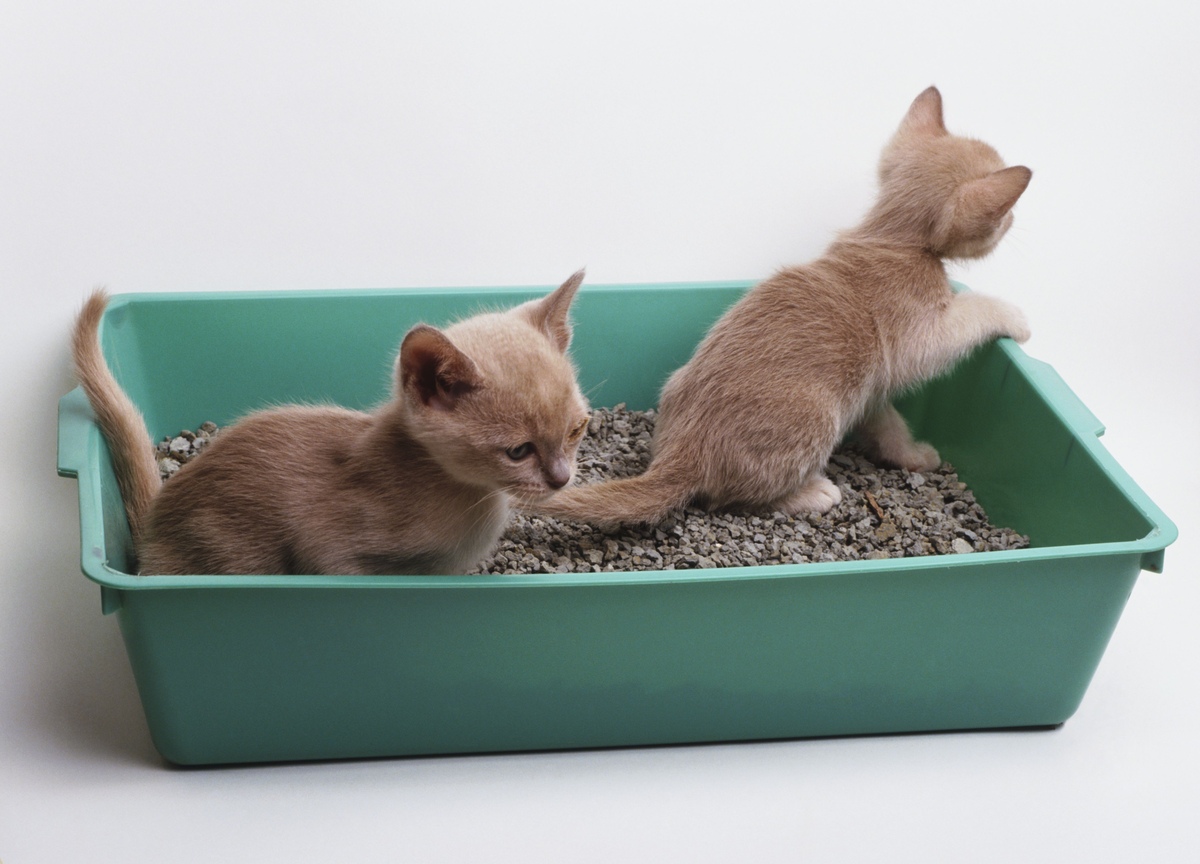
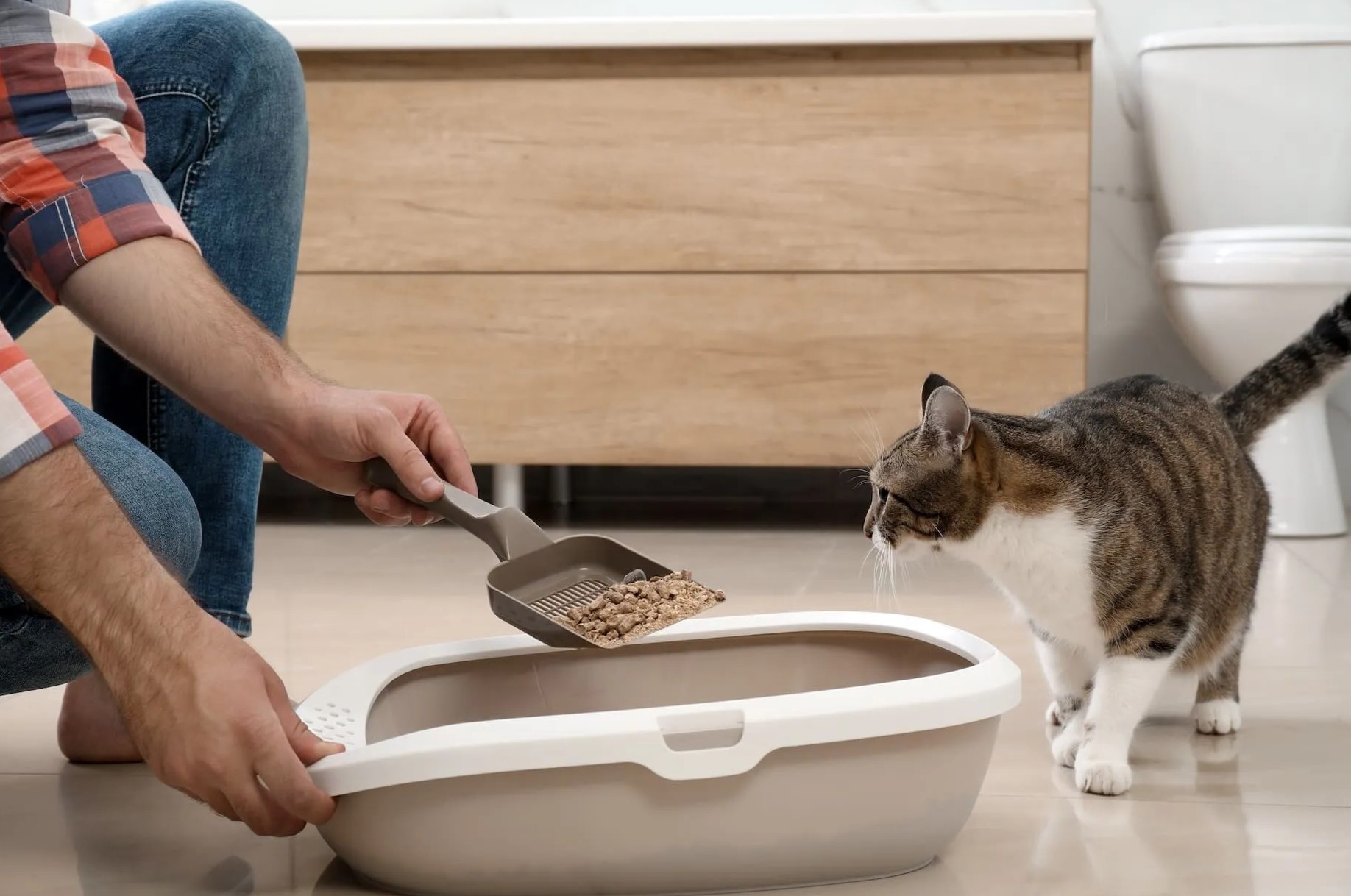
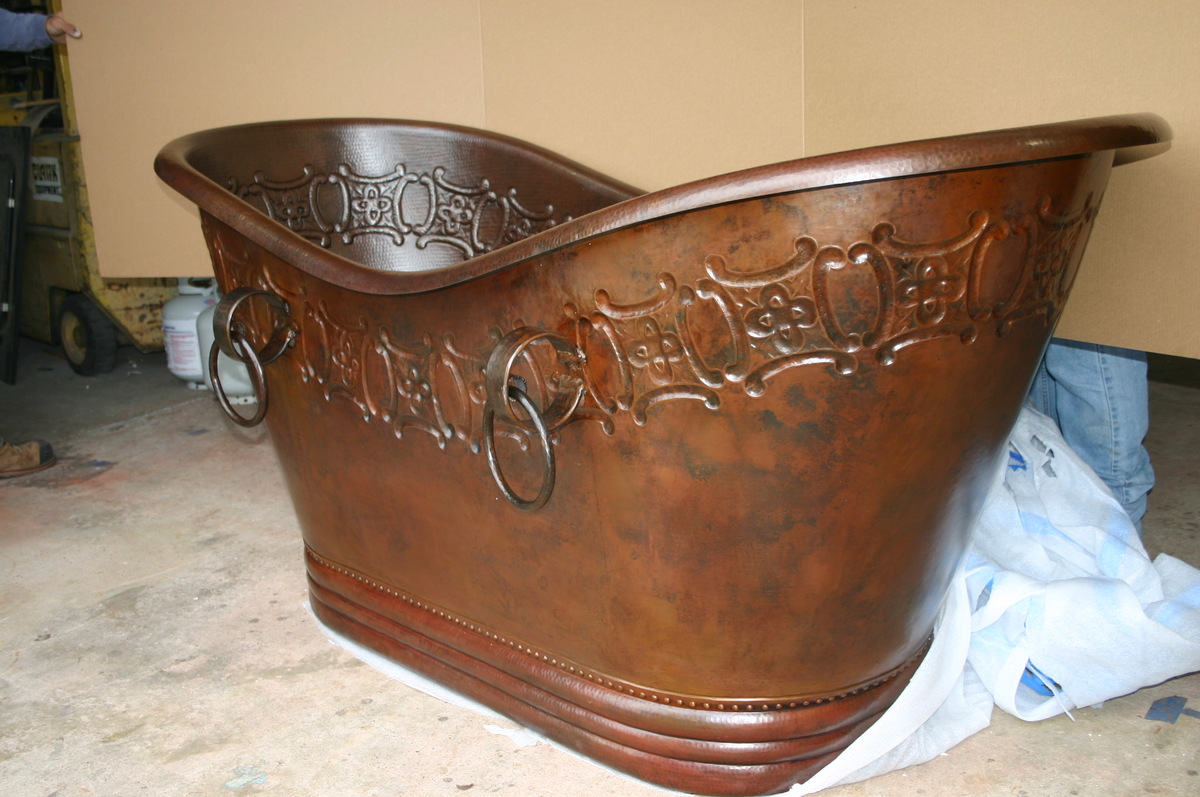
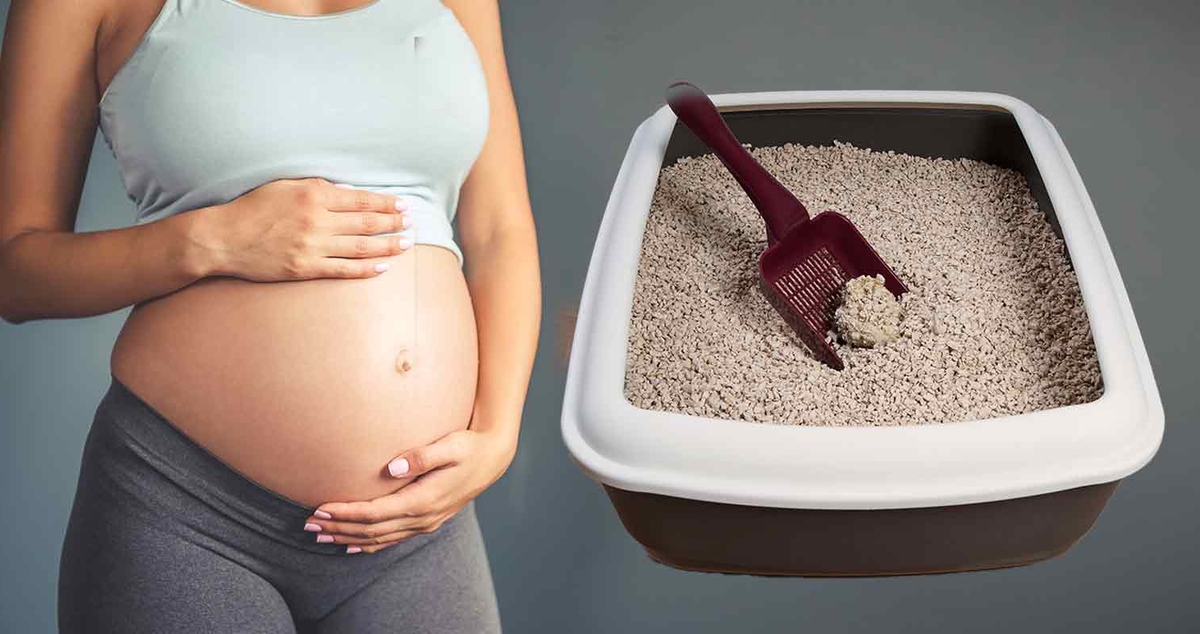
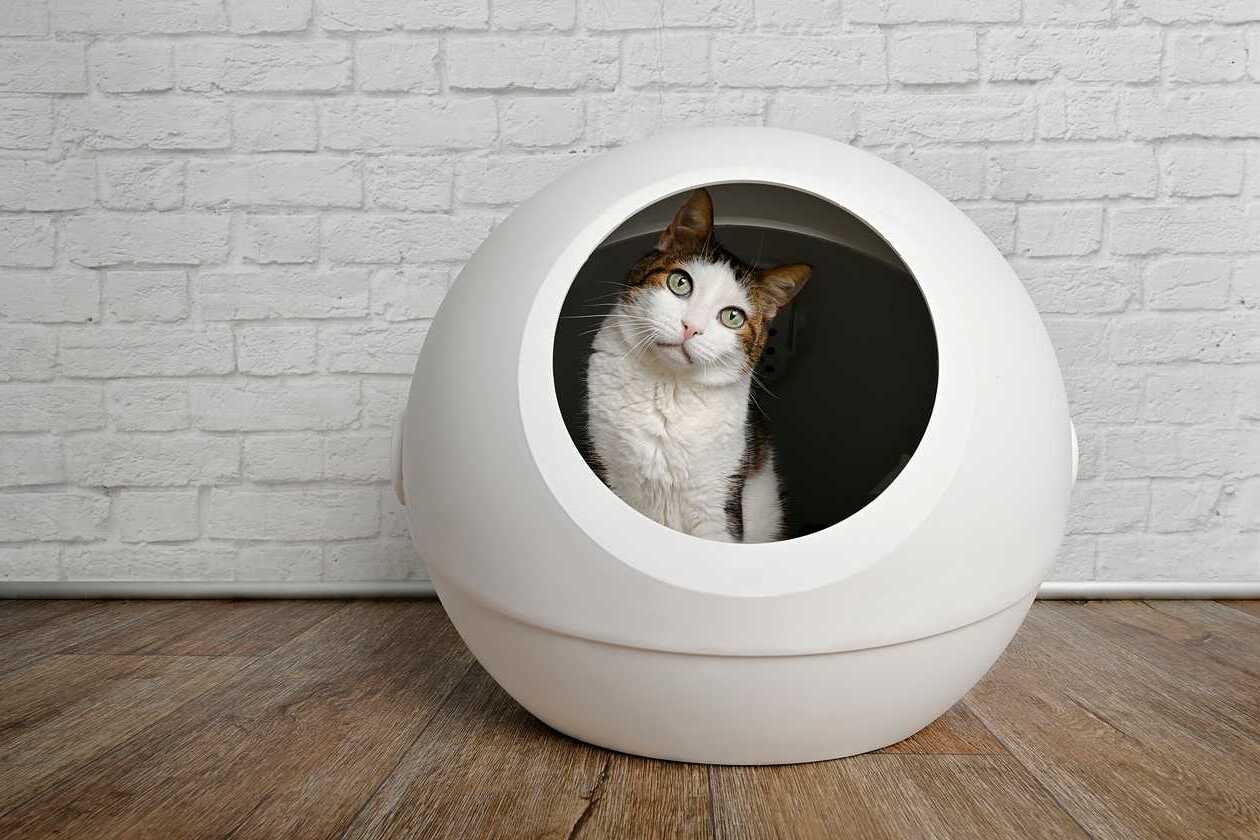
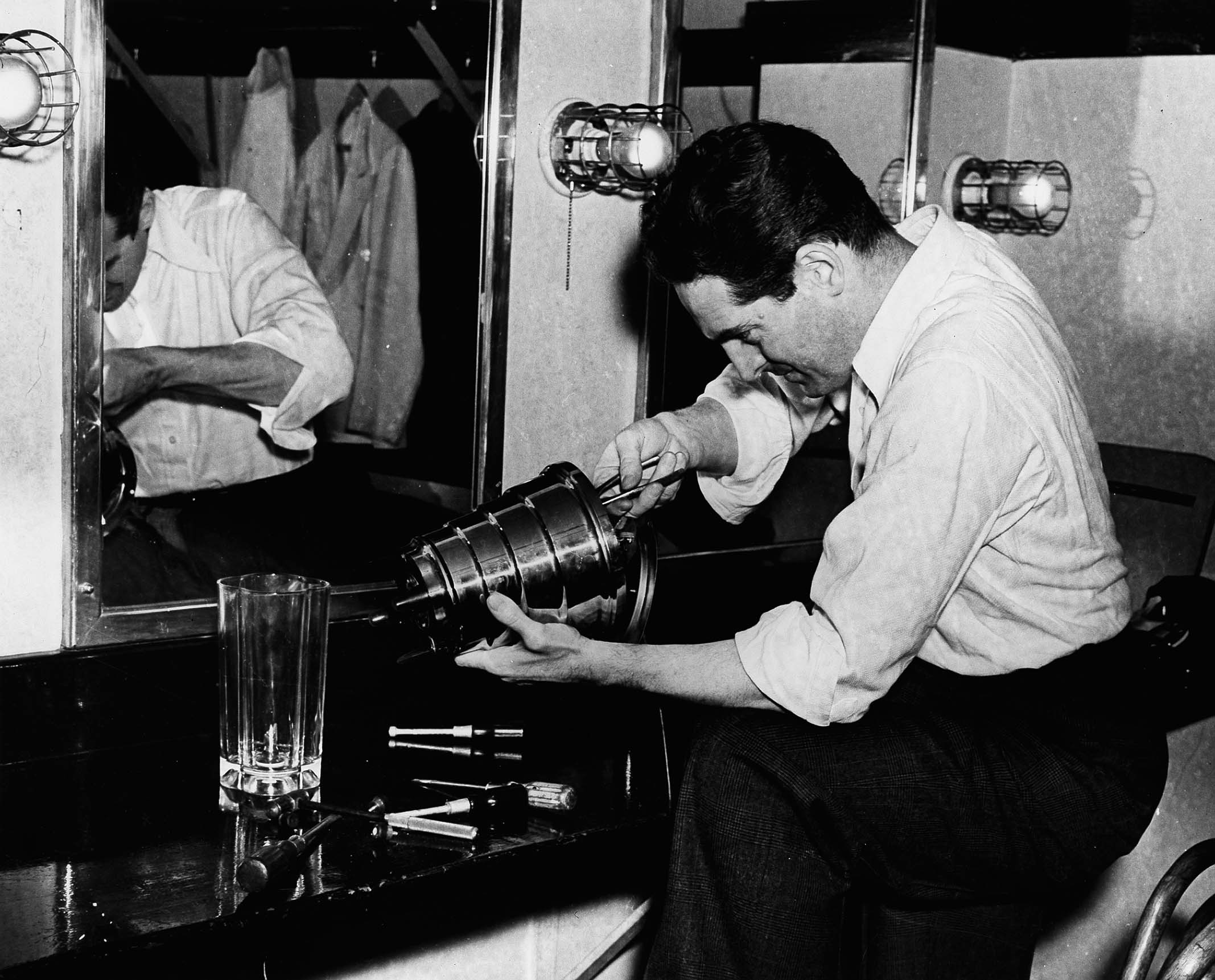



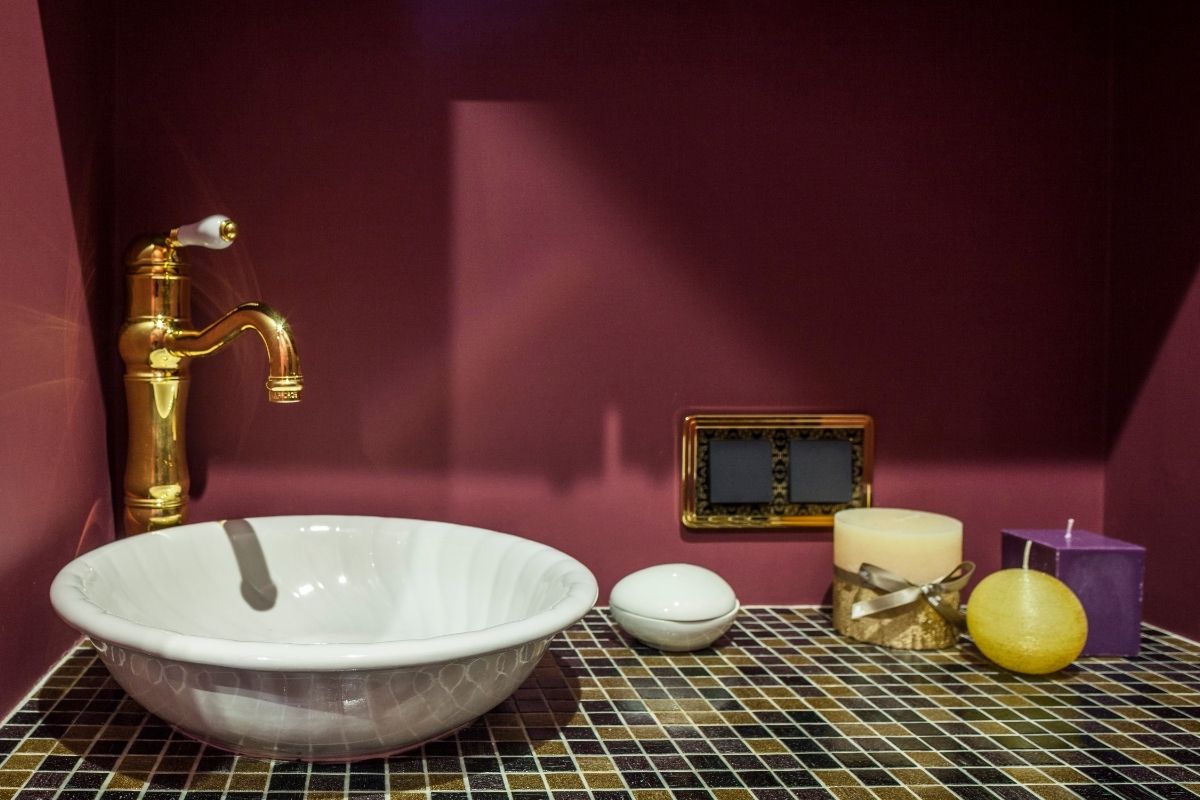
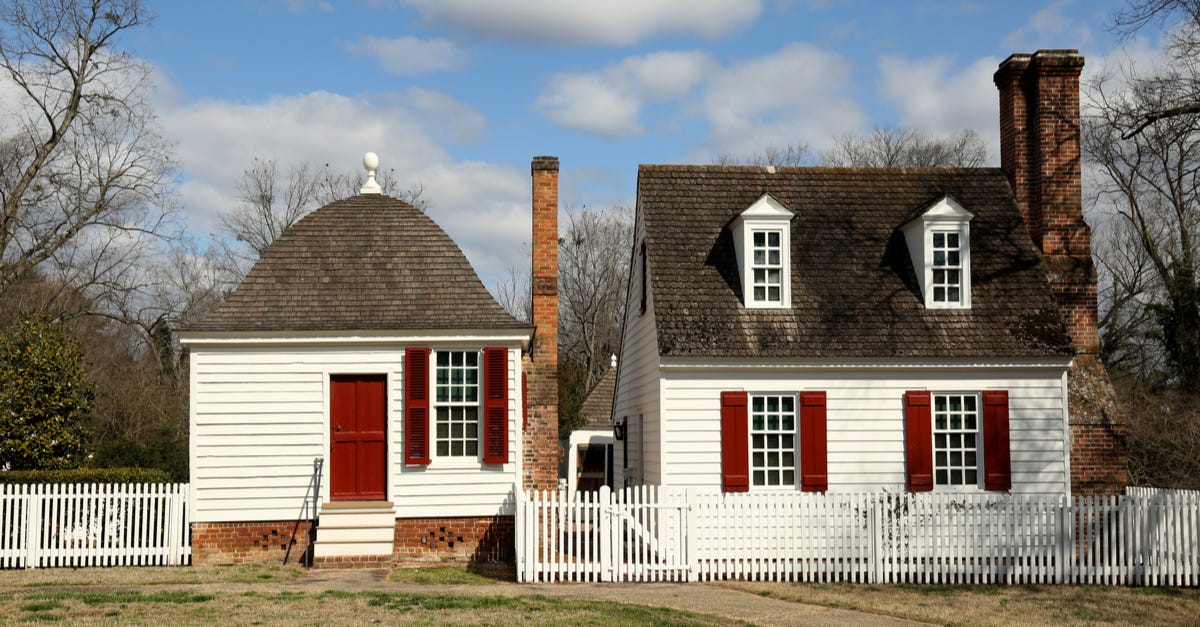

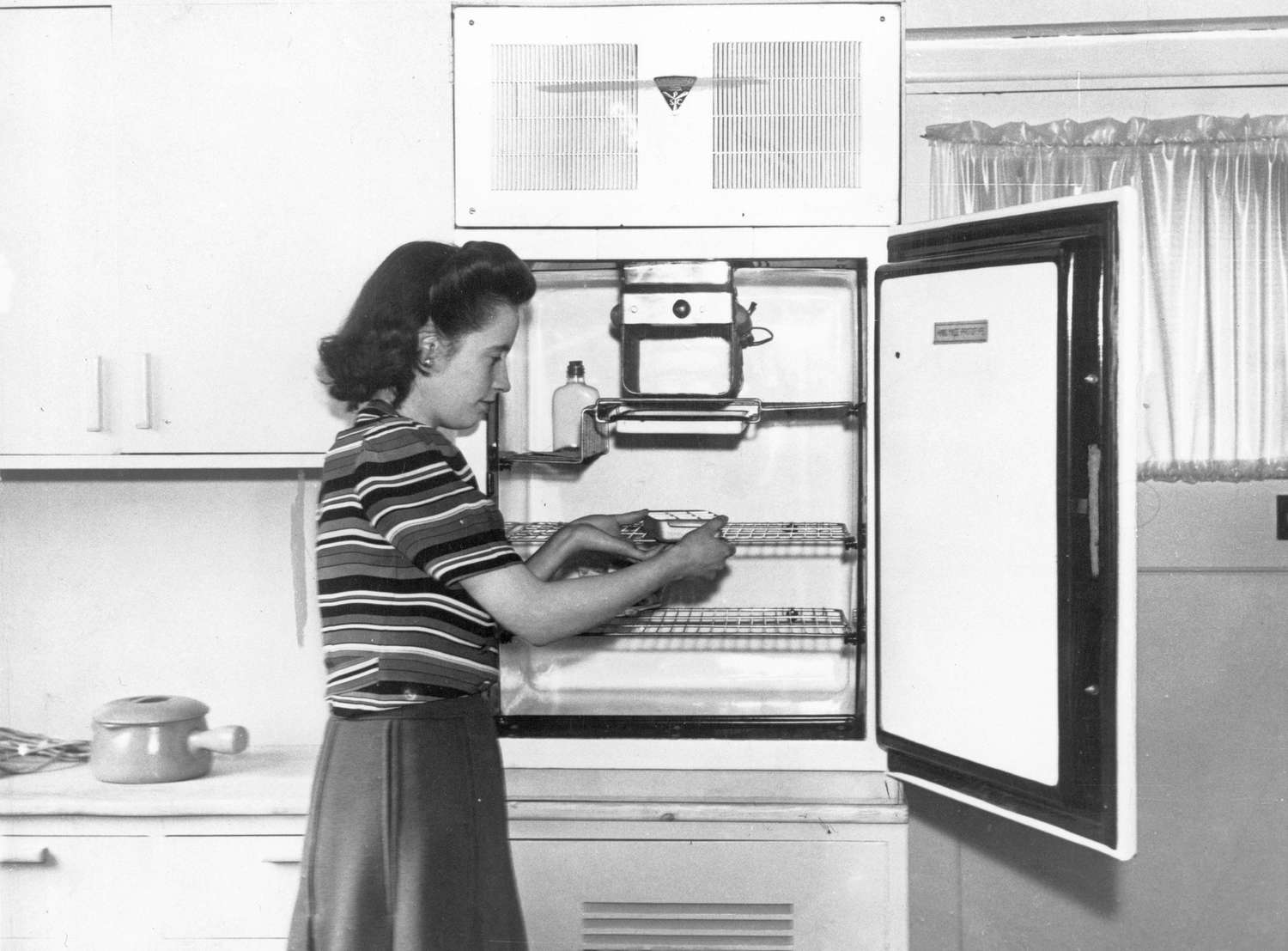

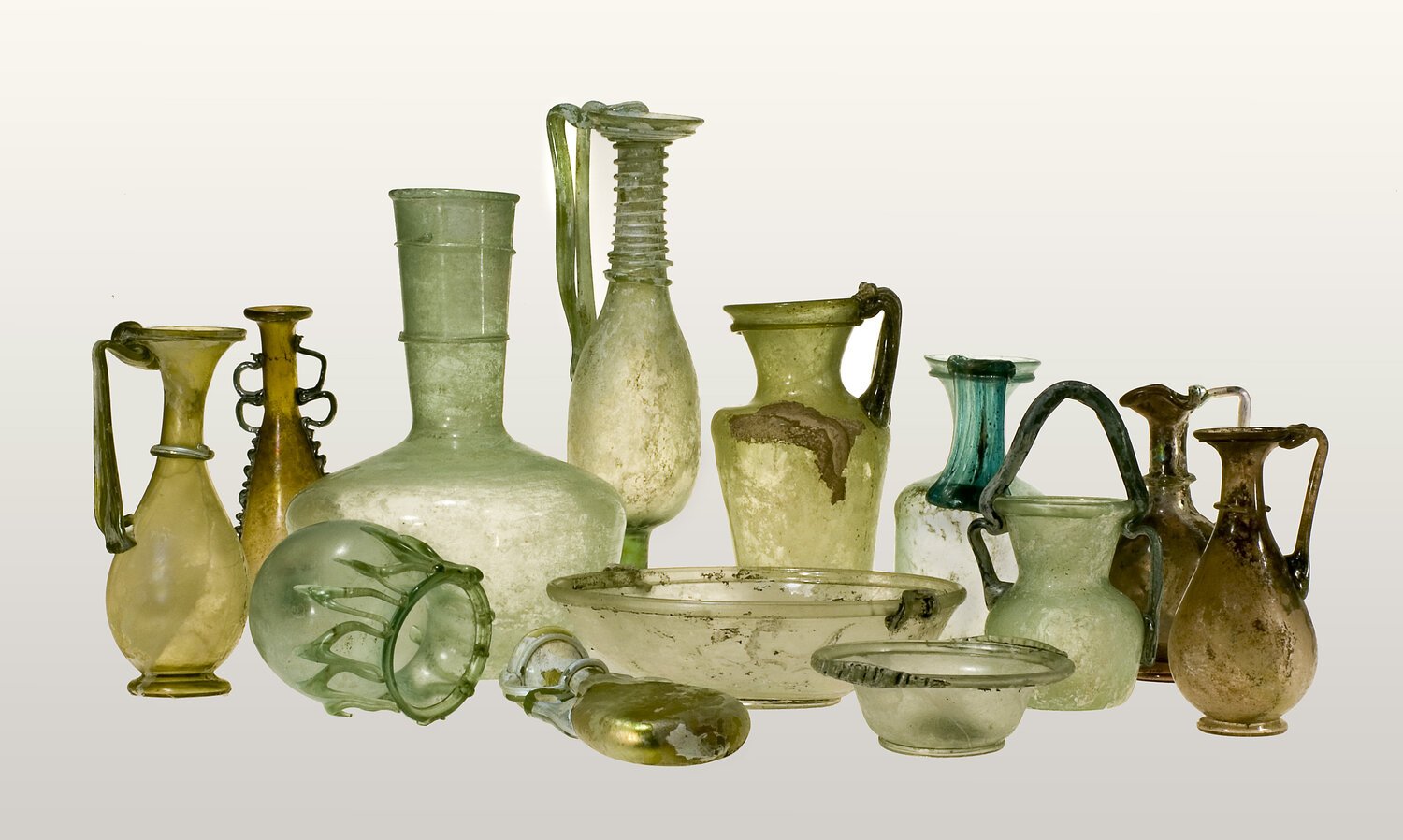

0 thoughts on “When Was The Litter Box Invented”